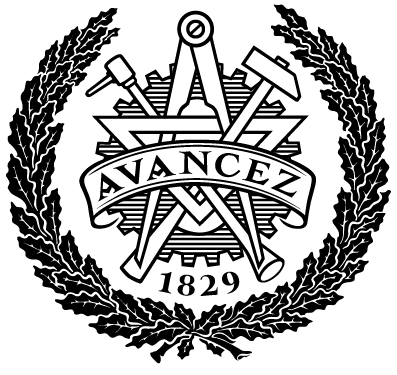A home in the urban fringe
Ladda ner
Publicerad
Författare
Typ
Examensarbete för masterexamen
Master's Thesis
Master's Thesis
Modellbyggare
Tidskriftstitel
ISSN
Volymtitel
Utgivare
Sammanfattning
The wave of modernist architecture that emerged
during the latter half of the nineteenth century has
become outdated. Jane Jacobs advocates for the
value of the perimeter block as a backdrop for
city life, Aldo Rossi writes about the importance
of historical continuity in the urban environment,
and Robert Venturi praises classical architecture ‘s
aesthetic and structural principles. Over time, their
arguments have gained significant recognition in
the field of architecture, inspiring many architects to
follow in their footsteps.
However, we must not overlook our recent history
and modern heritage. Urban developments from
the modern era have ensured a more democratic
and higher standard of living. Many residences
are larger, offering better access to natural light
and vegetation. Looking towards the future, new
developments need to answer to contemporary
challenges such as the climate crisis and the need
for affordable housing. Our discipline requires
constant reinvention to meet our time’s demands
while drawing lessons from both recent and distant
pasts.
The outer city of Gothenburg, with large spaces
occupied by infrastructure and ground parking, holds
a large potential for the city’s continued expansion.
In the Frölunda-Högsbo area, the municipality plans
to develop housing for 100 000 new residents until
2035. Considering the scale of this intervention,
planners risk upsetting the existing qualities of the
district, but there is also an opportunity to improve
and complement those qualities which are already
there.
This project aims to develop a group of urban blocks
in Frölunda, on a parking lot squeezed between the
iconic high-rise towers from the 1960s and a future
boulevard that will serve as a central artery of the
envisioned Frölunda City. Ambitions are to balance
the local identity of Frölunda and its existing qualities
against the current trends towards a denser urban
form and classical language of architecture. The
design explores hybridity, typology, atmosphere, and
style through an investigation of the building context
and references drawn from the historical city.
Beskrivning
Ämne/nyckelord
Modernism, Classicism, Typology, Style
